June Unemployment Figures Reveal Silver Lining
With 4.8 million jobs added in June, unemployment fell to 11.1 percent. A breakdown of metro- and state-level data, however, offers a more nuanced view.
The U.S. unemployment rate dropped to 11.1 percent in June with the addition of 4.8 million positions, the U.S. Bureau of Labor Statistics announced on Thursday morning. That marked a 220-basis-point downtick from the 13.3 percent registered in May, the second consecutive drop.
With states reopening to some extent, leisure and hospitality gained 2.1 million positions in June, but is still far behind pre-pandemic levels. Meanwhile, retail trade added 740,000 jobs. Education and health services (568,000 jobs), manufacturing (356,000 jobs), professional and business services (306,000 jobs) and construction (158,000 jobs) also recorded significant gains. Mining was the only sector to lose jobs last month, shedding 10,000 positions.
Additionally, the Department of Labor has released the number of initial unemployment claims for the week ending June 27, which added up to more than 1.4 million, in line with the downward trend of the past couple of months. The previous week, nearly 1.5 million Americans filed jobless claims. With the latest figure, the 15-week tally has inched closer to 50 million claims.
Employment composition offers recovery clues
The June breakdowns for states and metro areas are scheduled to be released later in the month, but available data from May provides some insights. Large coastal gateways were the first to experience both a surge in cases and the subsequent economic fallout. Looking at the map for May unemployment, the coasts and several Midwestern areas seem to have taken the first hit. However, long-term recovery might have more to do with employment composition.
Metros with large shares of government, finance and professional and business services jobs are in a stronger position to weather the storm, as are secondary tech markets. As such, Washington, D.C., Sacramento, San Francisco, Austin, Raleigh-Durham, Boston, San Diego or Denver have economies that are relatively well-insulated.
At the other end, metros relying on energy, tourism and entertainment are going to face a steeper uphill battle, including Las Vegas, Orlando, Los Angeles, Fort Lauderdale, Houston and Midland-Odessa.
What’s next for employment, real estate?
While outlooks varied widely over the past couple of months, one thing holds true with most current forecasts: It will be a long time until most economic indicators return to pre-coronavirus levels, employment included. Moreover, as Brookings points out, the actual unemployment rates for April and May might have been somewhat higher due to misclassifications arising from unprecedented issues, which the Bureau of Labor Statistics detailed in its releases.
READ ALSO: REITs Ramp Up ESG Campaigns
As of June 10, the Federal Reserve expected a 9.3 percent unemployment rate by year-end and 6.5 percent for next year, a far cry from 2019 levels. The Congressional Budget Office’s projection stands at 11.5 percent for the year, dropping into single-digit territory only in 2021. For comparison, during the Great Recession, the rate reached 10.0 percent only once, in October 2009, before slowly inching down.
In terms of commercial real estate, a couple of interim big-picture conclusions seem to hold true, at least for the time being. The industrial sector has remained largely unscathed, and so have life sciences assets. Office is caught between a forced work-from-home experiment and the potential need for larger tenant footprints to accommodate social distancing measures. A brighter outlook for suburban office is also on the radar, due to the potential of companies reconfiguring to occupy satellite offices. Multifamily is experiencing some softening, but the outlook is relatively bright, especially since a high unemployment rate is unfavorable to homeownership.
Meanwhile, hotels and large shares of retail are bearing the brunt. A prolonged downturn could have unforeseen effects, however, so the form of the recovery remains an overarching question, from the often-cited Nike swoosh scenario to a bleaker W- or U-shaped comeback.

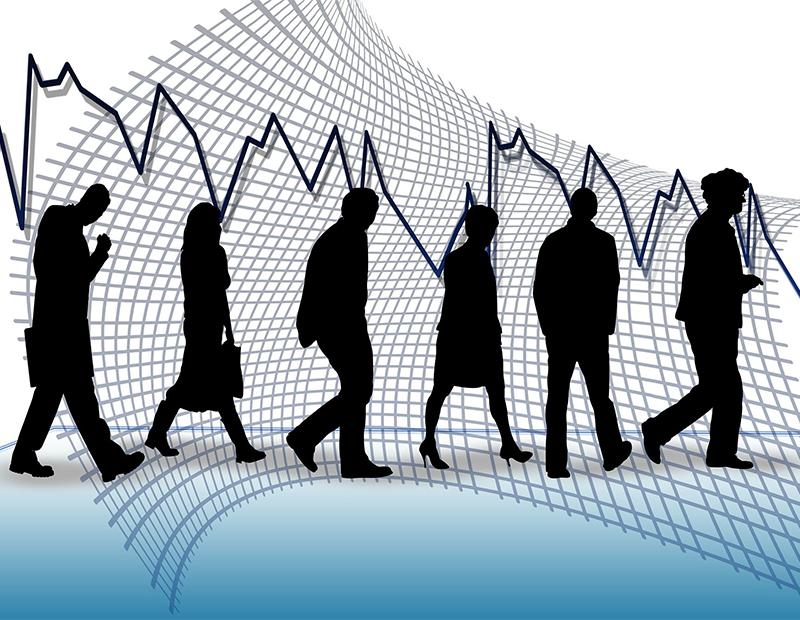

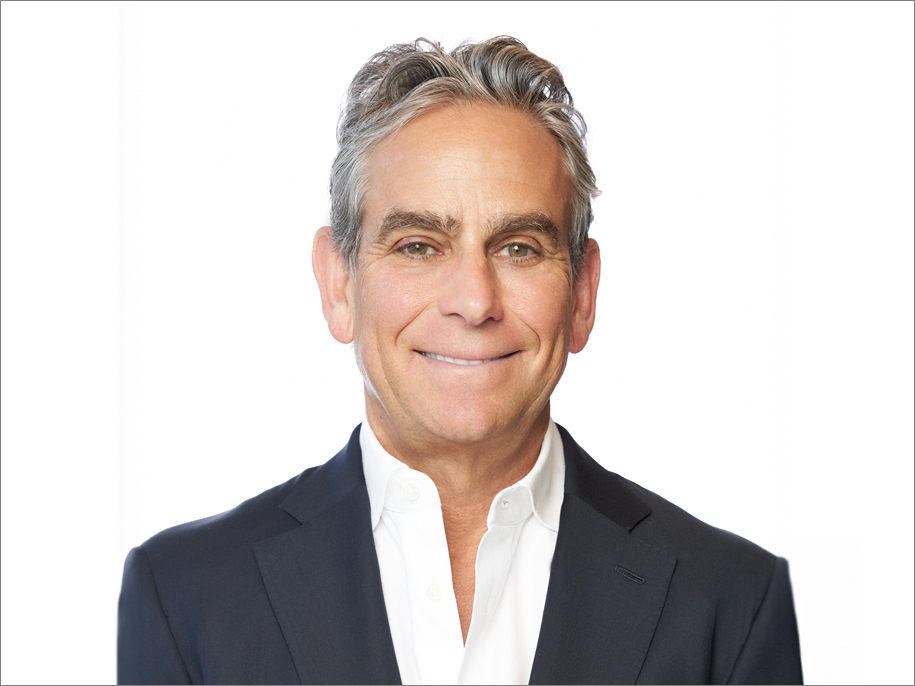

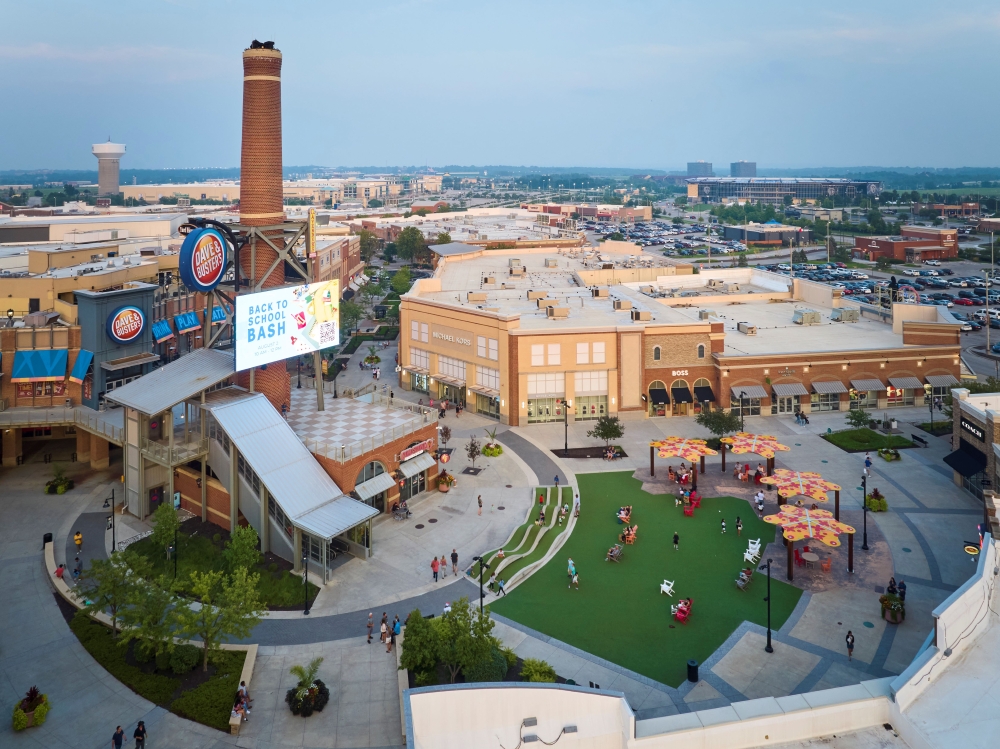
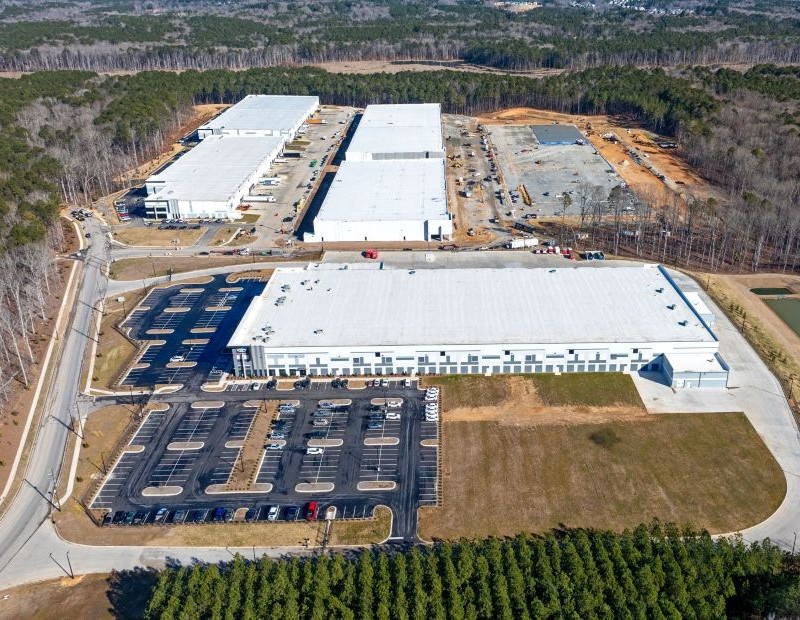
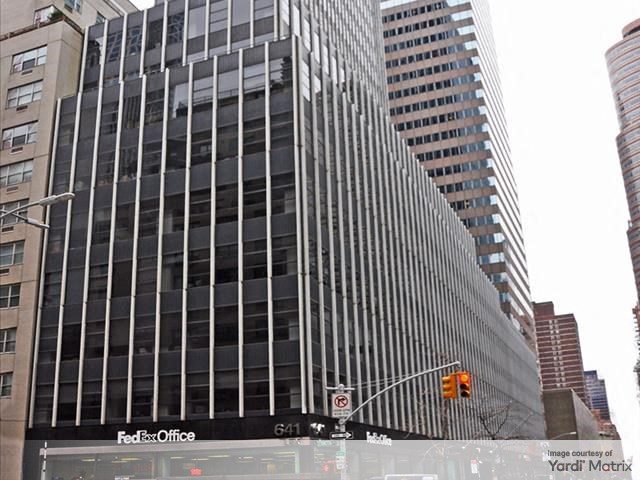
You must be logged in to post a comment.